In the late nineteenth century, one of the most famous women in America was Annie Jones, known as a small child as The Infant Esau. When she died at the age of thirty-seven, she had never known any life but that of a freak show performer. P.T. Barnum had begun displaying her in his American museum when she was just twelve months old. Her talent? Well, she had a beard.
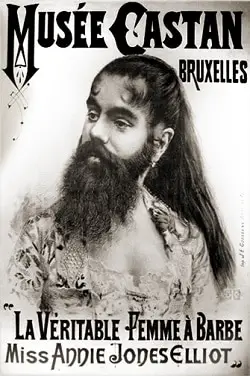
In the heyday of the American freak show, the hair that sprouted on the faces of a lucky few women (and sometimes children) gave them a chance at fame. Freak show performers were the original American celebrities, and bearded ladies occupied a high place in the freak hierarchy.
In the 1950s, Joseph Mitchell wrote about one of the most famous for The New Yorker. Jane Barnell called herself Madame Olga for a while, and then Lady Olga, and claimed to have had a beard since she was two years old.

She told a story about her childhood in which her mother gave her away to a small traveling circus headed by a family of “Mohammedans”, only to be returned to the United States later.
She worked on a farm until resigning herself to life as a freak act when she was in her twenties. She performed in dime museums, circus sideshows, and carnivals for decades, and played the bearded lady in the classic 1930s film Freaks.
At the end of her career, she divided her time between Hubert’s Museum in Times Square and Sam Wagner’s World Circus Side Show on Coney Island. By the time she died, she’d been married four times.
The festival of St. Paula the Bearded, a fourth century Spanish nun, is still celebrated in January.
When wonders became diseases
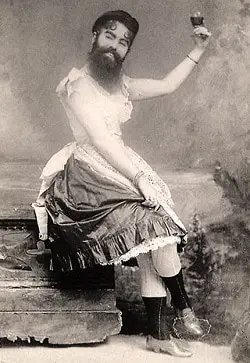
Most freak acts presented themselves in stock images. The bearded ladies were photographed as refined, elegant women of Patrician bearing, before Victorian parlor backdrops alongside men who may have been their husbands, as well as any children who happened to be present, to emphasize their personas as pinnacles of respectable womanhood (Lady Olga was an exception; she did not sell portraits of herself).
A portrait of Annie Jones at the age of about twenty shows her with a full, bushy beard that would be the crushing envy of any lumbersexual, and hair that grew well past her knees.
Today, she would most likely be diagnosed with an endocrine gland condition, and prescribed medication to give her a “normal” appearance.
Other famous hirsute women

Grace Gilbert bleached her beard and was billed as Gracie the Girl with the Golden Whiskers.
Josephine Boisdechene, also known as Madame Clofullia, was a Swedish woman whose precociously furry son performed as Esau the Hairy Boy.
According to sixteenth-century legend, Charles the XII of Sweden boasted that he had a bearded female grenadier in his army. The beautiful Amazonian woman was supposedly captured by Russians, who installed her as a popular member of the Czar’s court in St. Petersburg.

In the dawn of the twentieth century, advancements in medical science led to the pathologizing of the curiosities that made Annie and her contemporaries “freaks.” An abundance of hair now calls for a prescription from an endocrinologist and an arsenal of depilatory products.
Recently, there’s been a pushback against both the pathologizing and marginalization of lady beards. Carried along by the recent trend of challenging gender norms, the revival of the freak show, and a general uptick in the popular acceptance of facial hair, the bearded lady is making a comeback.

Women are encouraged to compete in beard and mustache competitions and are featured as judges, as well. Balpreet Kaur, a young Sikh woman studying neuroscience, has gained internet fame by responding to a Reddit post intended to shame her for having a beard to express pride in her appearance.
At least one bearded woman maintains a blog documenting the exploits and media exposure of women who’ve decided to drop the razor and openly celebrate their glorious facial hair. Such women once again find themselves in the spotlight of the popular media, and they’re booking television appearances and even signing performance contracts.
Arguably, the women who displayed themselves – and their beards – in the freak shows of yore may have had no other options for employment. But now, a characteristic that was for decades treated as a malady to be remedied, or concealed through any available method, is re-emerging as a banner heralding the rejection of social norms and the damage they cause, particularly to females.
Increasingly, bearded women have options. They may work as performers if they like, but also as anything else, including neuroscientists.
But there's more. Check out these bussin stories:
- Sex work
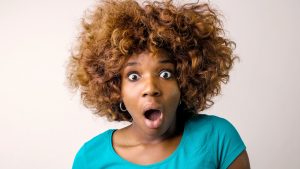 Transgression ‘fession: when the sex client looks like a relative I met my phone client IRL and almost puked my guts out.
Transgression ‘fession: when the sex client looks like a relative I met my phone client IRL and almost puked my guts out. - Internet
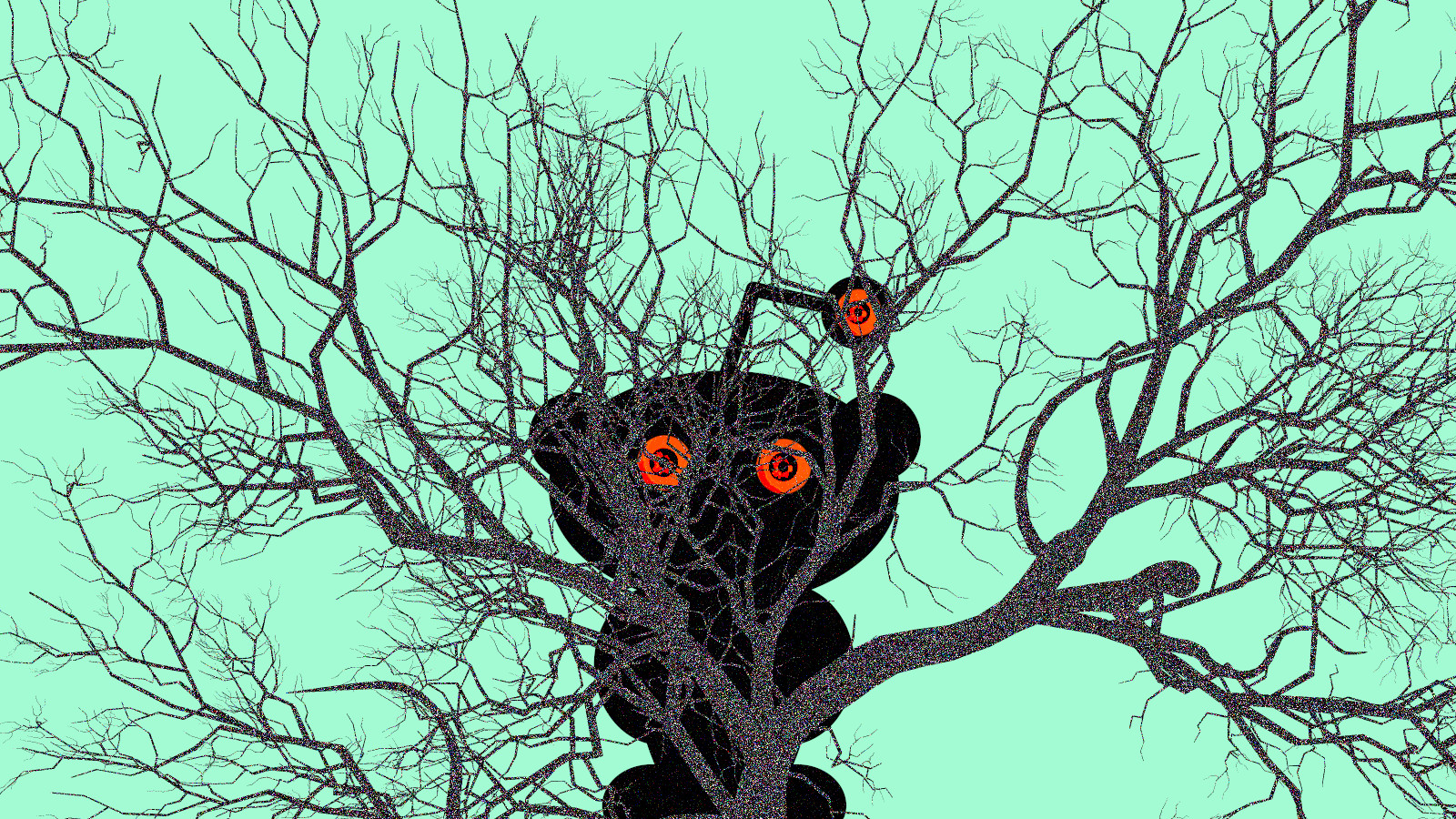 10 most disturbing confessions ever posted to Reddit Trigger warning: This gets very dark, very fast.
10 most disturbing confessions ever posted to Reddit Trigger warning: This gets very dark, very fast. - Black It Happened To Me Travel
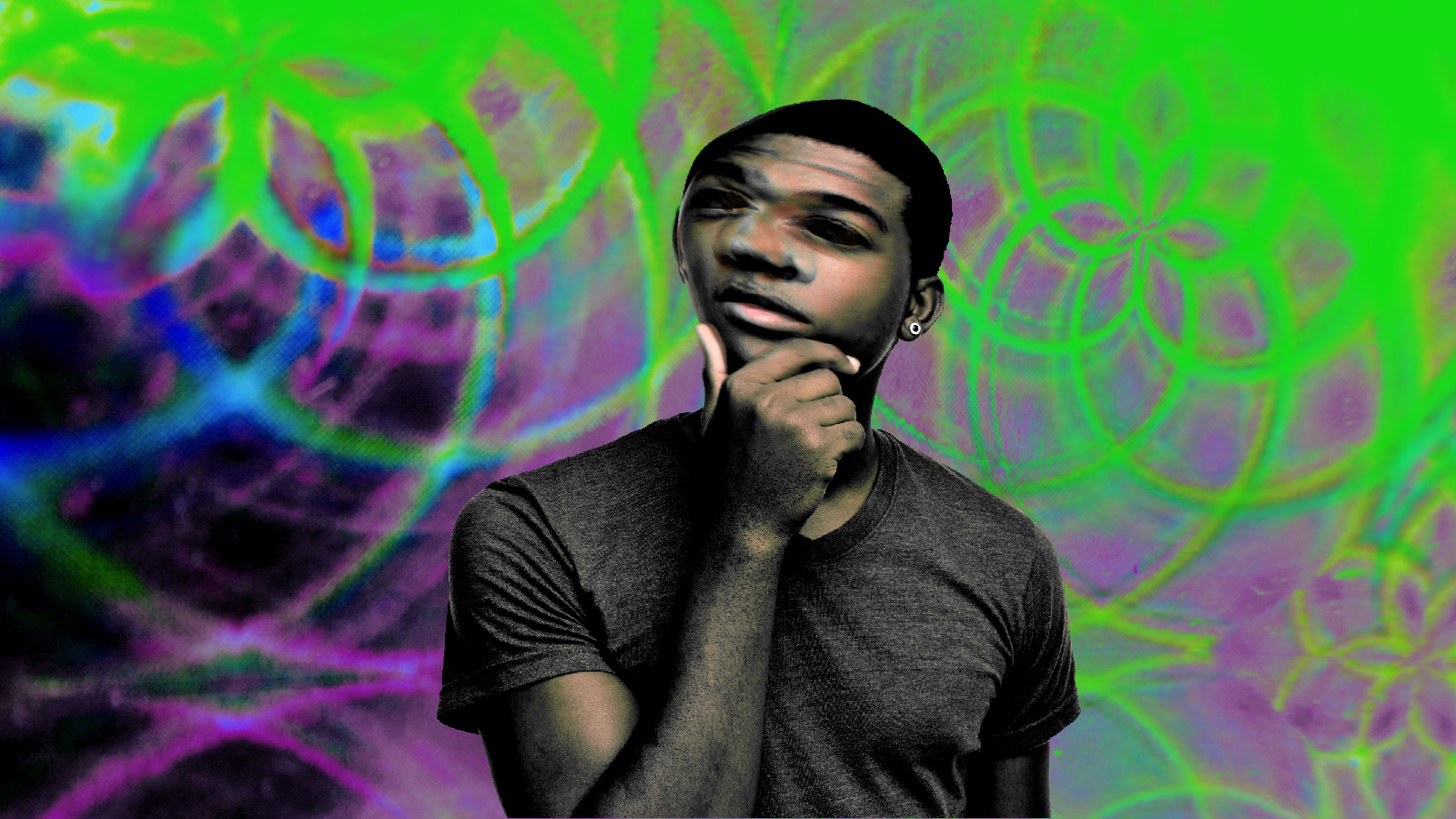 Psychedelic privilege: are DMT entities racist? DMT users often come across strange beings called machine elves, dispensing advice and adventure. They were thought to be benevolent—but we can no longer ignore the Black DMT experience.
Psychedelic privilege: are DMT entities racist? DMT users often come across strange beings called machine elves, dispensing advice and adventure. They were thought to be benevolent—but we can no longer ignore the Black DMT experience.


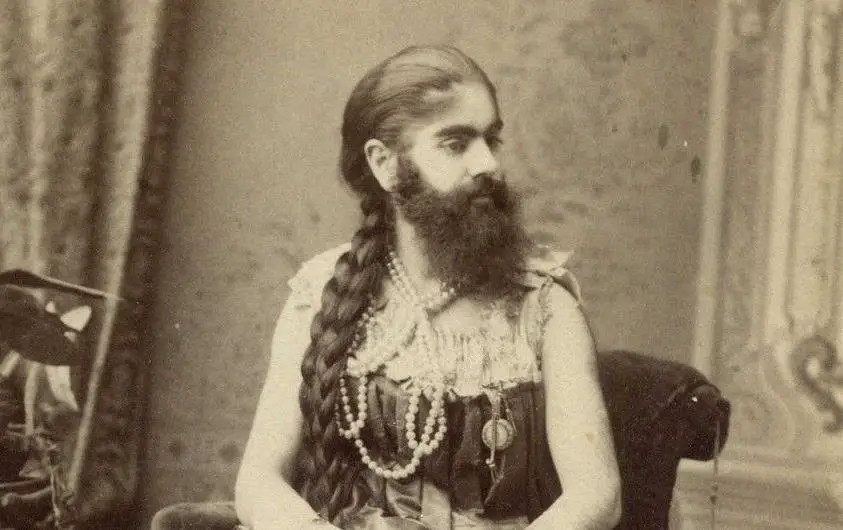
This is so brave, good going girls cheering for you